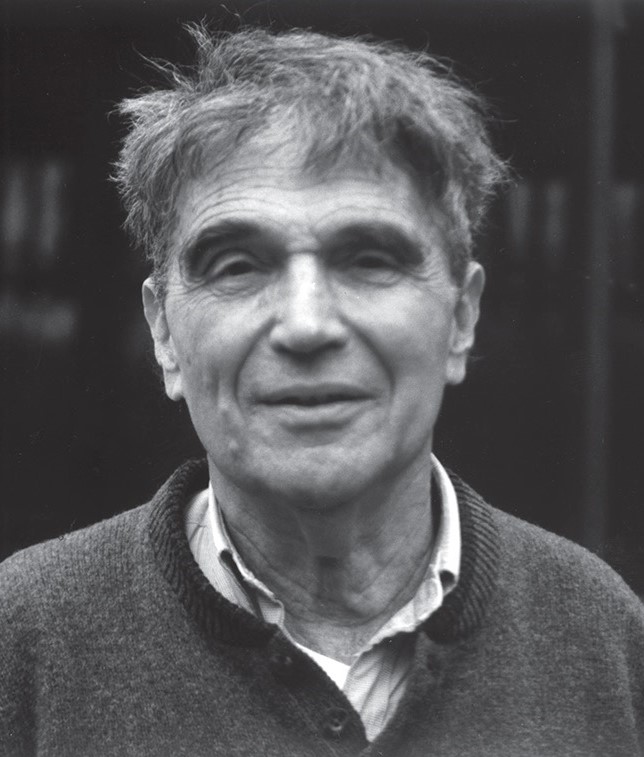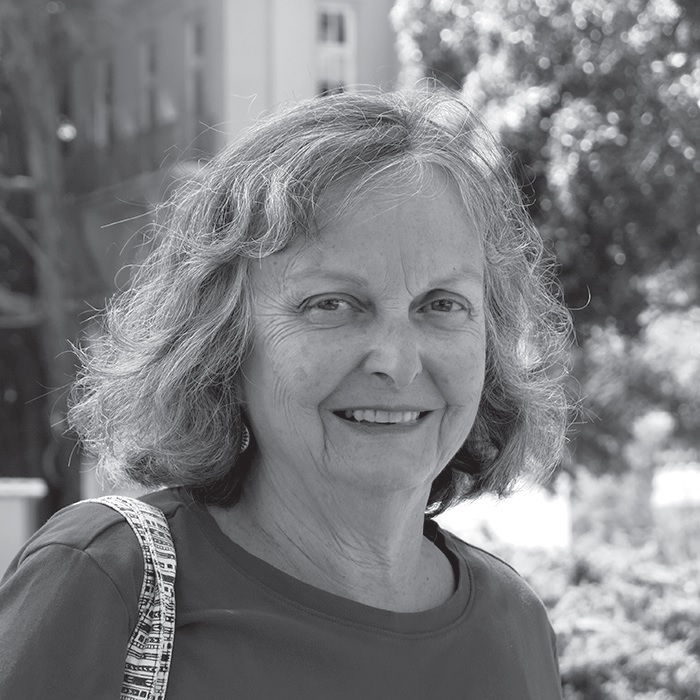Dr. Robert Coles: An American Odyssey


Recipient of a Pulitzer Prize, a so-called “genius” MacArthur Foundation award, and a Medal of Freedom, the child psychiatrist, author, and defender of tender lives, has been called “a national treasure.”
Robert Coles ’54
- Child Psychiatrist
- Pulitzer Prize–Winning Author of Children of Crisis
Today is commencement day for Columbia University’s Vagelos College of Physicians and Surgeons. To inspire this year’s graduates, Peter Wortsman author of The Caring Heirs of Doctor Samuel Bard: Profiles of Selected Distinguished Graduates of Columbia University Vagelos College of Physicians and Surgeons, has written a short post about his experience profiling Dr. Robert Coles who graduated in 1954. You can read about Dr. Coles, Child Psychiatrist and Pulitzer Prize–Winning Author of Children of Crisis, in pages 85-93 of the book.
• • • • • •
> “Always live in a neighborhood where your neighbors teach you, that’s where you do your real learning!” a world-weary Dr. Coles advised. The interview that inspired this profile was conducted in his home base, the rambling old house in Concord, Mass., infused with the spirits of the celebrated child psychiatrist’s countless friends and informants, including Ruby Bridges, the first African-American child, now grown up, to desegregate the all-white William Frantz Elementary School in Louisiana, who inspired him to start writing his Pulitzer-Prize winning series of books, Children of Crisis. “To enter his study,” as I recall in the profile, “is to enter a kind of secular shrine. Most walls only have ears. These walls have eyes, ears, noses, and lips and an endless string of stories to tell. They are papered with the photographs of kindred spirits to whom he pays homage, not by lighting candles, but by writing books. It’s a veritable Who’s Who of soul searchers of the twentieth century.” They include: child psychiatrists Anna Freud and Erik Erikson, pediatrician-poet William Carlos Williams, novelists Walker Percy and James Agee, political activist Robert Kennedy, whose last speech Dr. Coles worked on, and singer-songwriter Bruce Springsteen, among many others.
PICTURING PARALYSIS
Initially opting for pediatrics, he subsequently trained in child psychiatry at Children’s Hospital in Boston and pursued a teaching fellowship in psychiatry at Harvard Medical School. It was the height of the terrible polio epidemic of the late 1950s, and without the aid of the vaccine later developed by Jonas Salk there was little doctors could do but listen and try to relieve the physical and psychological suffering. Finding children “paralyzed by fear as well as the polio
virus,” Dr. Coles introduced crayons to help break the silence, thereby facilitating the release of what he called “an inarticulate eloquence—that of visual representation.” By releasing that halting eloquence, he helped his desperate little patients tap the strength to face life and the disease. For Coles, that early experience of confronting fear and paralysis later leapt to mind in the face of another kind of scourge, a social disease called segregation that would mark him
forever and change the course of his life and work.
Excerpt from page 88 of The Caring Heirs of Doctor Samuel Bard: Profiles of Selected Distinguished Graduates of Columbia University Vagelos College of Physicians and Surgeons. Order a copy of the book, and save 30% with coupon code CUP30 at checkout.








